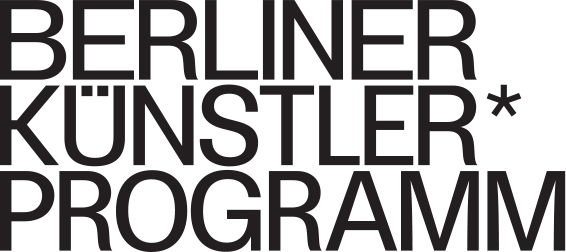Canada, Visual Arts, 2009
Tim
Lee
Born in 1975 in Seoul, Korea
Tim Lee was born in Seoul and studied in Vancouver where he still lives and works today, bringing elements of Conceptual Art, appropriation and performance together in his work. Lee unfolds a wide-ranging network of references whose spectrum stretches from artistic figures like Robert Smithson and Dan Graham to comedians like Steve Martin and rock musicians like Iggy Pop or Neil Young. Their stories and accomplishments serve as material for Tim Lee in his performative videos and photographs, but he usually brings his own body into these often humorous and aestheticized scenarios.
A good example for this practice would be the photographic work, “Untitled [Steve Martin, 1972]” (2005): Tim Lee is himself printed life-size mimicing a classic Steve Martin pose in front of a mirror. Like Martin, Lee is playing the Banjo with – just like Martin’s original – an arrow apparently through his head. Unlike the comedian, however, the young artist is playing left-handed – an inconsistency that the mirror ought to have corrected, but – as a significant detail – does not. And almost unexpectedly we have another reference in play – to Dan Graham and his long-standing interest in the optical implications of the mirror.
Another of Lee’s projects with Steve Martin entitled “My My, Hey Hey [Out of the Blue]/Hey Hey, My My [Into the Black], Neil Young, 1979 [Steve Martin, 1979]” (2007), manages to link two otherwise separate moments from Steve Martin’s and Neil Young’s lives. During a scholarship and residence at the CCA Wattis in San Francisco, Lee discovered that both figures gave career defining performances in San Francisco in 1970. Martin of course incorporated the banjo into his legendary stand up comedy show, and Young performed the concert “Rust Never Sleeps”, which later become a live album. During his act, Martin claimed: “You can’t play a sad song on the banjo” – promptly the non-musician Lee attempted to prove exactly the opposite by learning to play the song “My My Hey Hey” from “Rust Never Sleeps” in the most melancholy way possible. The outcome of this experiment is later played as a sound installation in the elevator that takes gallery visitors up to the exhibition space that Lee conceived for his project. This supposed introduction to the exhibition was later revealed by Lee as the centerpiece of the show, describing the rest of the works in the exhibition more as ‘footnotes’. With a wink of his eye, he betrays the audiences’ cravings for visual and purchasable objects.


